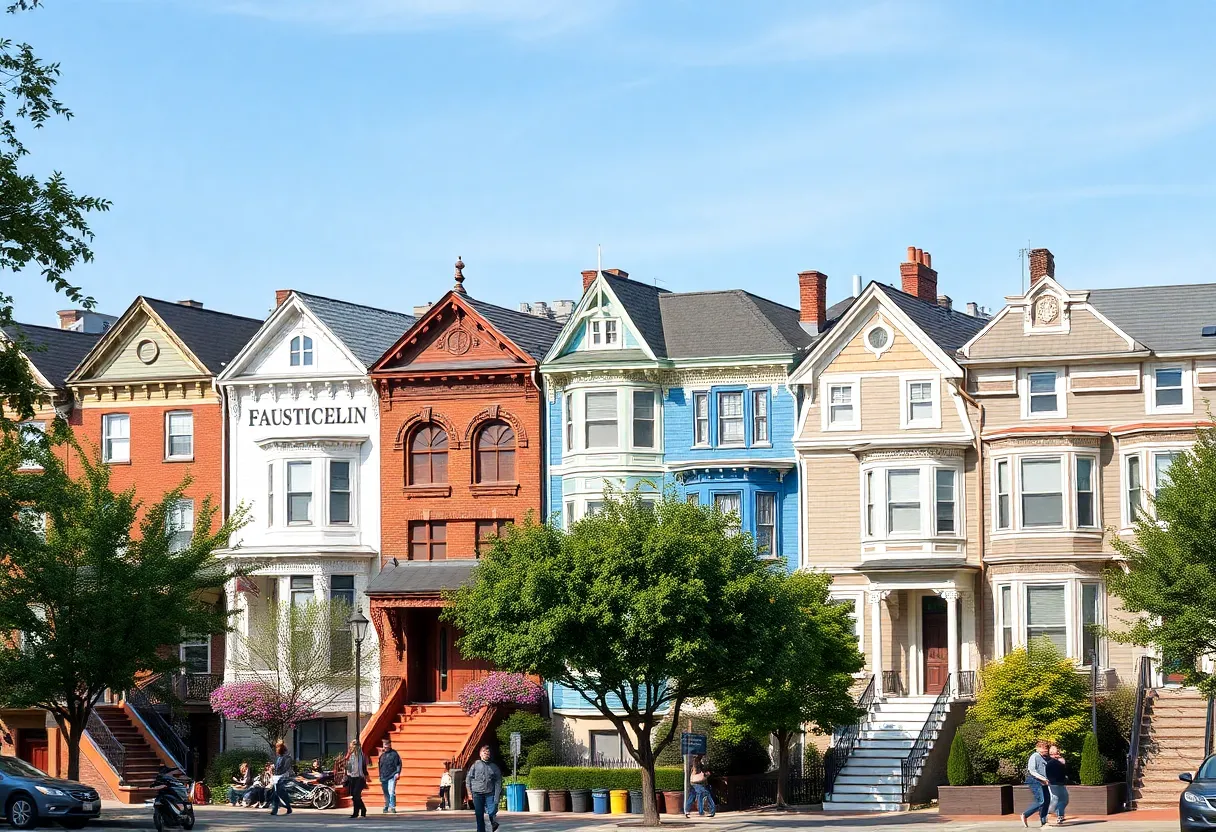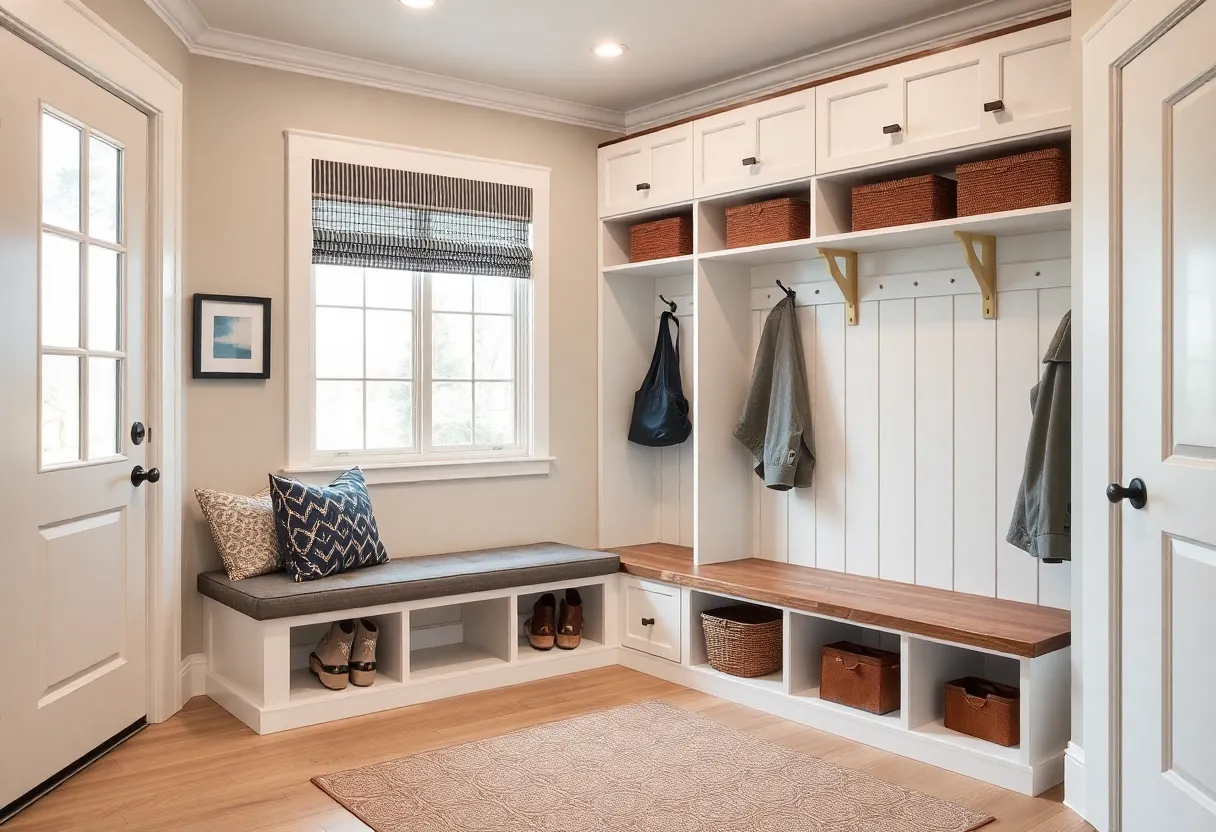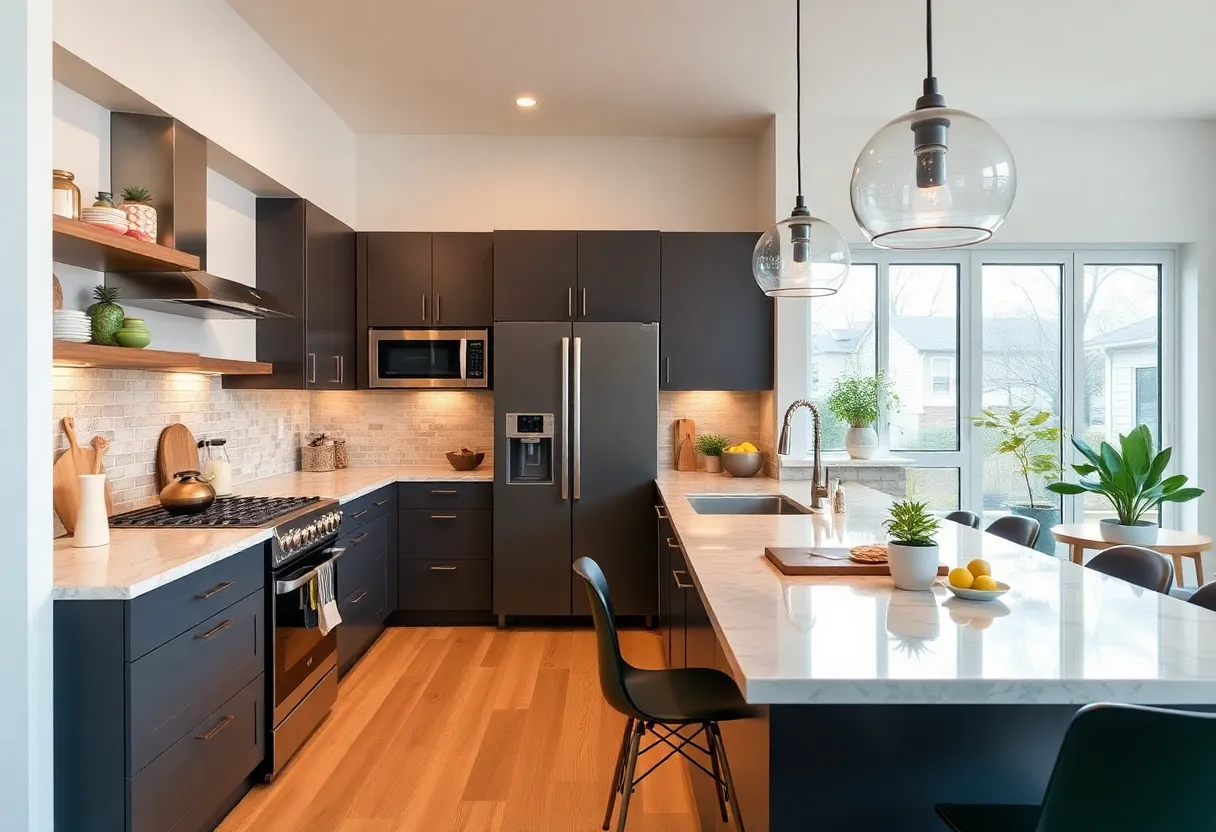How to Choose the Right Neighborhood for Your First Home: A Comprehensive Guide
Introduction
Choosing the optimal neighborhood is a critical step in purchasing your first home. It influences your daily lifestyle, financial stability, and future growth potential. This guide offers structured insights to help you make an informed decision based on a thorough understanding of key factors.
Define Your Priorities and Lifestyle Needs
Before diving into specific neighborhoods, clarify your personal priorities. Consider what aspects of living are non-negotiable for you and your family.
- Commute and Transportation: Do you need proximity to work, schools, or public transit?
- Community and Environment: Are you seeking a quiet suburb, vibrant urban area, or a family-friendly neighborhood?
- Affordability: What is your budget, and how does it align with potential neighborhoods?
- Future Growth: Is the area experiencing development that could increase property value?
Establishing clear priorities ensures your neighborhood choice aligns with your long-term goals and daily needs.
Research Neighborhood Demographics and Growth Trends
Accurate data about demographics helps understand community composition, safety, and compatibility with your lifestyle.
Population Stability and Diversity
Consider whether the neighborhood has a stable population or is undergoing rapid change.
– *Areas with consistent growth often signal robust local economies.*
– *Diversity can enrich community experiences but may also influence social dynamics.*
Development and Infrastructure Trends
Assess ongoing and planned development projects.
– *Look for investments in schools, transportation, parks, and commercial centers.*
– *Growth prospects often correlate with property appreciation and convenience.*
Evaluate Safety and Crime Rates
Public safety is paramount. Use crime statistics to gauge neighborhood security.
Compare Crime Data
– Focus on crime types most relevant to your family’s safety—property crimes, violent offenses, drug activity.
– Retrieve crime reports for recent years to identify trends.
Community Policing and Local Initiatives
Neighborhoods with active community policing or neighborhood watch programs may offer enhanced safety.
Assess Education and Local Amenities
For many first-time buyers, proximity to quality schools influences the decision, particularly if planning for children or future resale value.
School Quality Metrics
Research district ratings, student performance data, and parent reviews.
Local Amenities and Services
Evaluate accessibility to:
– Grocery stores
– Healthcare facilities
– Public parks and recreation areas
– Cultural institutions and entertainment options
A well-equipped neighborhood provides convenience and contributes to quality of life.
Determine Affordability and Cost of Living
Affordability extends beyond the property price. It encompasses property taxes, homeowners association (HOA) fees, utilities, and maintenance costs.
Property Taxes
Tax rates vary widely by jurisdiction, impacting overall affordability.
HOA and Community Fees
Understand what included services or amenities these fees cover and their impact on monthly expenses.
Cost of Utilities and Maintenance
Research typical utility costs in potential neighborhoods and factor maintenance costs into your budget.
Examine Housing Stock and Architectural Styles
The type, age, and condition of housing stock influence renovation costs and future resale value.
Housing Diversity
Identify the prevalent styles—single-family homes, townhouses, condominiums—and determine what suits your preference and needs.
Property Condition
Inspect the age and condition of homes to anticipate renovation or repair costs.
Consider Transportation and Accessibility
Your daily commute is a significant factor.
Proximity to Major Routes
Easy access to highways and main roads can reduce commute time.
Public Transit Options
Availability and convenience of buses, trains, or subways can reduce reliance on personal vehicles.
Walkability and Bikeability
Neighborhoods with sidewalks, cycling paths, and amenities nearby promote active lifestyles and convenient errands.
Evaluate Future Resale Potential
Real estate is an investment. Predict factors that influence future value appreciation:
- Neighborhood growth trends
- Quality of schools and amenities
- Crime reduction initiatives
- Proximity to employment hubs
Consider potential for appreciation and ease of resale when selecting a neighborhood.
Visit Neighborhoods and Conduct In-Person Inspections
Data guides decision-making, but personal observation reveals nuances.
Timing and Weekday/Weekend Visits
Visit at different times to observe traffic, noise, security, and community activity.
Observe Neighborhood Dynamics
Notice cleanliness, upkeep of properties, and overall ambiance. Engage with residents if possible, asking about community satisfaction.
Inspect Infrastructure and Maintenance
Check street conditions, signage, lighting, and accessibility.
Engage Local Community and Real Estate Agents
Local insiders offer valuable insights.
Community Organizations and Events
Participation can reveal the neighborhood’s social fabric and level of community engagement.
Professional Guidance
Real estate agents familiar with the area can assist with market trends and neighborhood nuances.
Understand Zoning Regulations and Future Development Plans
Zoning impacts neighborhood character and future modifications.
Review Zoning Restrictions
Ensure zoning aligns with your plans, such as adding extensions or changing property uses.
Future Development Plans
Learn about upcoming projects that may influence traffic, noise, or neighborhood aesthetics.
Conclusion
Selecting the right neighborhood for your first home involves a multifaceted assessment grounded in data, personal priorities, and direct observation.
Prioritize safety, affordability, community features, infrastructure, and future growth. Conduct comprehensive research and visits to ensure your choice aligns with your lifestyle and long-term goals.
A careful, balanced approach minimizes risks and maximizes satisfaction with your first home investment.
Author: STAFF HERE WASHINGTON DC
The WASHINGTON DC STAFF WRITER represents the experienced team at HEREWashingtonDC.com, your go-to source for actionable local news and information in Washington, DC, and beyond. Specializing in "news you can use," we cover essential topics like product reviews for personal and business needs, local business directories, politics, real estate trends, neighborhood insights, and regional news affecting the area—with deep expertise drawn from years of dedicated reporting and strong community input, including local press releases and business updates. We deliver top reporting on high-value events such as the National Cherry Blossom Festival, Kennedy Center Honors, and the Washington Auto Show. Our coverage extends to key organizations like the Greater Washington Board of Trade and Destination DC, plus leading businesses in government contracting and technology that power the local economy such as Lockheed Martin and Amazon. As part of the broader HERE network, we provide comprehensive, credible insights into the dynamic landscape of the Washington metropolitan area.





